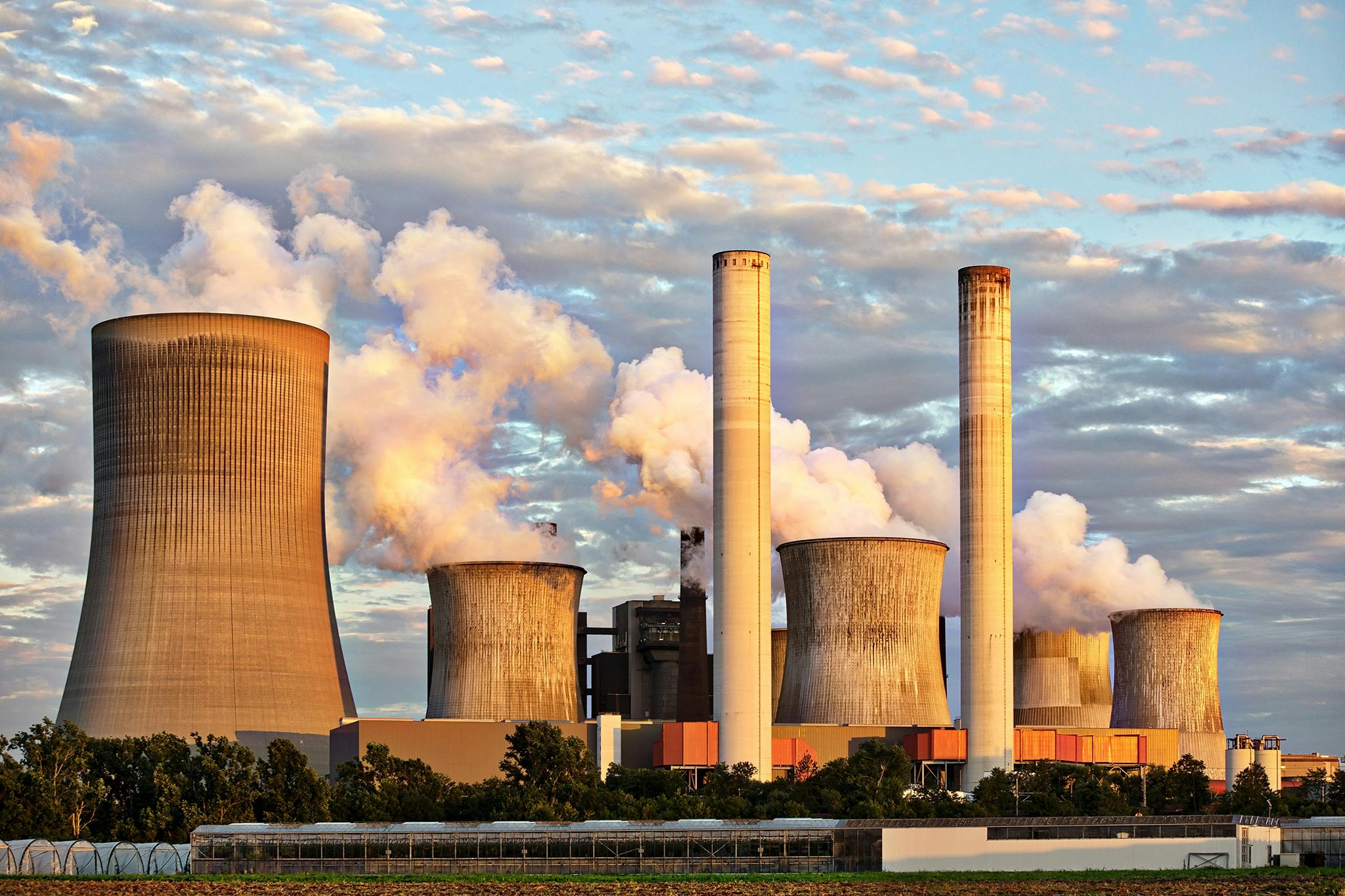Hydrogen energy is regarded as the "energy carrier of the 21st century." It is not only an alternative to traditional fuels but also a critical pillar for the manufacturing industry in achieving Net Zero and driving the Energy Transition. Since hydrogen combustion produces only water without emitting carbon dioxide, when combined with renewable energy-based hydrogen production technologies, its applications span industrial processes, transportation, energy storage, and grid balancing.
Core Characteristics of Hydrogen Energy
High Energy Density
- Hydrogen has a gravimetric energy density of approximately 33 kWh/kg, three times that of gasoline.
- Suitable for long-duration processes and heavy-duty transportation with high energy demands.
Zero-Carbon Combustion
- The combustion product is solely water vapor.
- Using green hydrogen (produced from renewable energy) enables full lifecycle carbon neutrality.
Multi-functionality
- Fuel: Direct combustion provides high-temperature heat.
- Energy Storage:Serves as a long-term storage medium for renewable energy, addressing intermittency issues.
- Feedstock:Used in chemical production for ammonia, methanol, plastics, and synthetic fuels.
Global Development of Hydrogen Energy
Rapid Policy-Driven Growth
The EU, Japan, South Korea, and China have prioritized hydrogen in national energy strategies, promoting renewable hydrogen production, fuel cell applications, and industrial value chain development. The EU plans to deploy 40 GW of electrolyzers by 2030, establishing a large-scale green hydrogen supply chain.
Cost Reduction
With advances in electrolyzer technology and decreasing wind and solar costs, green hydrogen production costs are expected to be comparable to grey hydrogen by 2030. This will enable energy-intensive industries to gradually transition from grey hydrogen or natural gas to green hydrogen.
Energy Storage and Grid Integration
Hydrogen can serve as a long-term storage solution for renewable energy, mitigating intermittency issues from wind and solar. Fuel cells provide stable industrial power, enhancing energy resilience.
Cross-Industry Collaboration and Supply Chain Formation
A complete global hydrogen industry chain is emerging, covering hydrogen production, storage and transport, fuel cells, and end-use applications. International investments, technological collaborations, and standardization efforts accelerate commercialization.
Industrial Applications of Hydrogen
Steel Industry
Hydrogen direct reduction of iron (H-DRI) can replace traditional coke-based blast furnaces, reducing carbon emissions by over 90%. Demonstration projects have been carried out in multiple pilot steel plants in Europe, and H-DRI is expected to become the mainstream approach for green steel production.
Chemical Industry
Hydrogen is a key feedstock for ammonia, methanol, and certain plastics. Transitioning from grey hydrogen to green or blue hydrogen can significantly reduce the chemical industry’s carbon footprint.
High-Temperature Processes
Industries such as glass, ceramics, cement, and aluminum smelting require high-temperature heat, where hydrogen can replace coal or natural gas. Provides clean high-temperature energy to support process decarbonization.
Energy and Power
Fuel cells can supply factories with stable or backup power, particularly in high-demand facilities with power outage risks. When paired with renewable energy, hydrogen serves as a long-term storage medium, improving energy efficiency.
Transportation and Logistics
For long-distance transportation (heavy trucks, buses, ships), hydrogen fuel cells are more suitable than batteries for high loads and extended range. Some manufacturing companies have adopted hydrogen fuel in their own logistics fleets to reduce carbon emissions.
Future Development Trends
Decarbonization of Manufacturing
High-energy, hard-to-electrify industries (steel, chemical, cement) will be priority areas for hydrogen applications.
Technology Integration and Standardization
Accelerating integration from hydrogen production to end-use, including fuel cells, storage and transport systems, and safety standards.
Rapid Market Expansion
The global hydrogen market is expected to exceed several hundred billion USD by 2030, with manufacturing as a major driving force.
Policy and Investment Accelerating Commercialization
Government subsidies, carbon taxes, and carbon trading systems will encourage rapid industrial adoption of hydrogen solutions.












.jpg)
.jpg)
.jpg)